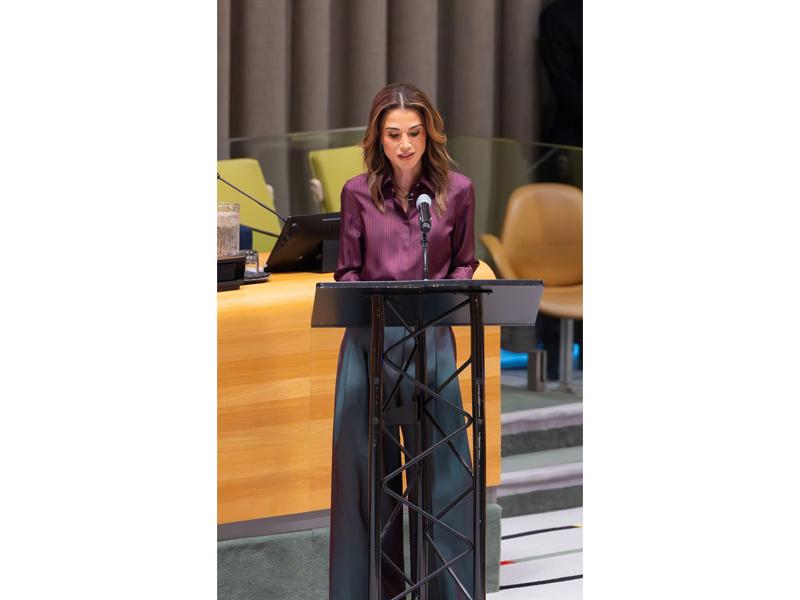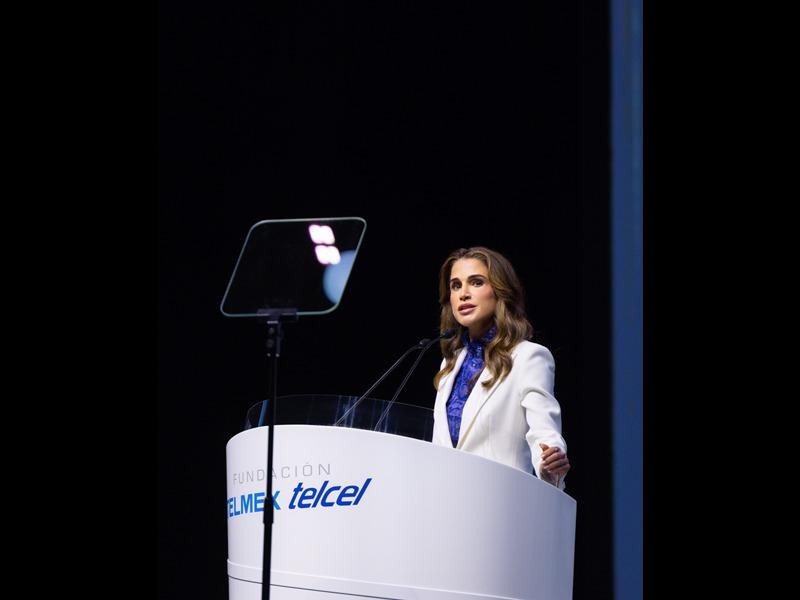Thank you. And thank you to the Korean Educational Development Institute, the Ministry of Education, Science, and Technology, the OECD, UNESCO, and World Bank for gathering us together today.
There’s a wealth of experience and expertise in this room. Years of research and field work… countless degrees and doctorates… all directed towards one dream: to give every child a quality education.
Looking at everything we’ve accomplished the last few decades, I consider myself an education optimist.
Over 50 million more children are in primary school since 1999. Over 90 million more adolescents are in secondary school. And more girls are in school than ever before.
And I’m optimistic that, if we put our minds to it, we can reach 67 million children still out of primary school and give 300 million children who are in school but not learning a better quality education.
I’m optimistic because education is more than just learning and a school is more than just a building.
It’s a shield that protects our children from danger. It’s an injection of health that boosts awareness of nutrition and disease. And it’s a platform for progress, where communities can stand together and take charge of their own development.
In short, education saves lives! A child born to an educated mother is 50 percent more likely to reach the age of five. An extra year of schooling reduces maternal mortality by half. If every child were in school today, 7 million cases of HIV would be prevented in the next decade.
No other place does so much for so many. No other place has so much social value. We cannot deny it, whether it’s held in a shack, in a tent, or under a tree, schools… are… sacrosanct!
Yet, as an education optimist, I am also an economic realist.
Financial crises have pressured policy makers to cut back, whether it’s donors on aid budgets or partner countries on education budgets. The need to go further with our dollar… the need to be innovative with our investments has never been more urgent.
And one of the most effective investments we can make is in teachers.
Studies show that students taught by the best teachers perform three times better than those taught by the worst. In other words, if we invest in one teacher, we invest in an entire classroom of students. That sounds effective to me.
There is enormous demand for quality teaching. In South Africa, students from one school rioted over the fact their accounting teacher never turned up. This is how far children are willing to go for an education.
That means we need to train 1.9 million additional teachers by 2015 and improve the quality of today’s teachers.
Incentives are important. In India, linking salaries to teacher attendance cut absenteeism by half. Awarding bonuses for student achievement was three times more effective at raising test scores than spending the same money on books and other materials.
Training is critical, too. We must qualify teachers in new methodologies and move beyond the old pedagogy of “chalk, talk, and textbook”. Our teachers must be trained to become facilitators of learning, not transmitters of knowledge. They must reward students for social, interpersonal, and problem solving skills – the tools they need to thrive in the 21st century.
If developing countries are to afford good teachers… to lift standards and morale… we need the power of partnerships.
Earlier this month in Copenhagen, 52 countries committed resources to the Global Partnership for Education, with leading donors pledging an initial $1.5 billion.
To raise more funds and draw in emerging donors like China, Brazil and the Gulf states, the Global Partnership for Education must become a truly global partnership.
Recent reforms and rebranding are a step forward, yet it must continue to evolve. Only then can it be more responsive to the needs of developing countries, especially fragile states.
We know the way; the path has been tread by others. The Global Fund… GAVI… they have shown it is possible to attract the private sector to development… it is possible to engage more partners… it is possible to be bold, innovative, and successful.
Over the next three years, the Partnership predicts that today’s funds will give 25 million children the chance to set foot in a school for the first time. They will help train 600,000 new teachers and, over the long term, save the lives of 350,000 boys and girls, as well as 14,000 mothers.
Lives. Saved.
Imagine how many more we could save if we had more financing invested more effectively!
A poet once said: “Facts are many, but truth is one.”
The fact is we face some reluctance to invest in schools. The fact is providing quality education is still a challenge. The fact is donors are neglecting not just their commitment to funding education but protecting basic human rights.
But the truth is education saves lives. It saves them from malnutrition… from disease… danger… poverty…
And that is what aid is for. That is what we are here for. That is why deep down, we are all education optimists.
So let’s do all we can to give every child a quality education. Let’s do all we can to keep schools sacrosanct.
Thank you.



